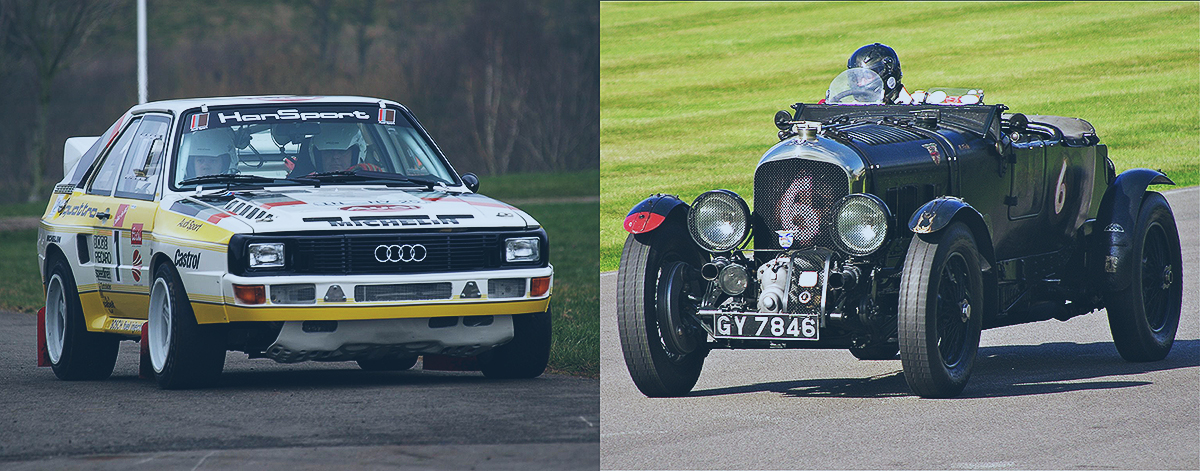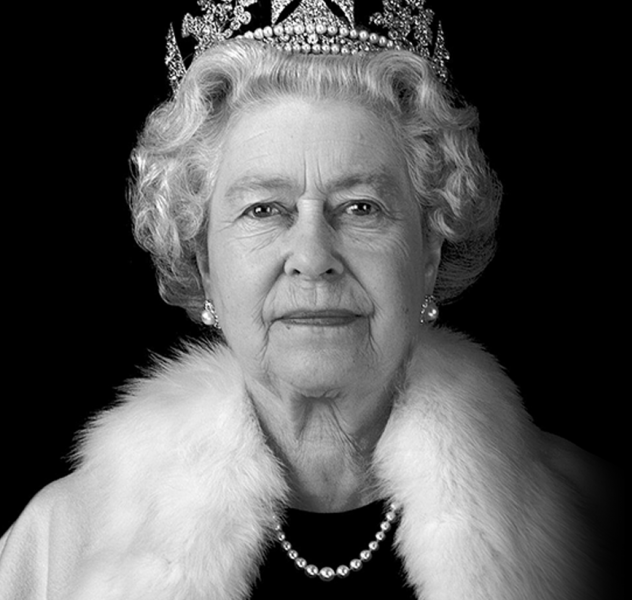
Turbochargers and superchargers are often spoken about in the same breath and whilst there are similarities between the two devices there are also some key differences with regards their use in passenger vehicles.
Both technologies fall into the category of forced induction systems, which enable a vehicle’s engine to produce more power than an equivalent ‘normally aspirated’ engine. This is achieved by compressing the density of air within the fuel/air mix prior to its ignition within the engine’s cylinders. This creates a considerable amount of boost, which can provide up to 50% more power into the engine.
Although they share the same forced induction concept, how the air compression components are powered is the main difference between the two. A supercharger is driven from the engine’s crankshaft by a belt, shaft or chain whereas turbochargers obtain their power from a turbine which harvests energy from the engine’s exhaust gases.
Turbochargers
In simple terms a turbo is an air pump that enables more air to be pumped into the engine at higher pressure. This replicates the effect of having a larger cylinder but with more efficiency. The turbo is made up of two distinct sections; the compressor end and the turbine end. The compressor end (or cold end) is often made from aluminium and experiences temperatures of up to 70°C. Ambient air is drawn into the compressor housing and a compressor wheel compresses the air and accelerates it to very high speeds.
The turbine end (or hot end), is made from cast iron or stainless steel and can reach temperatures of up to 960°C, as the exhaust gases rotate the turbine wheel at speeds of up to 280,000 rpm. The turbine housing directs exhaust gas from the engine onto the turbine wheel blades, and once it has passed through the turbine wheel, the gas then passes out through the exhaust system as with normally aspirated vehicles.
Once the combustion process starts, this creates a continuous cycle and the turbo makes use of waste energy from the exhaust gases. More air in the cylinder also enables more fuel flow through to the cylinder and therefore achieves more power.
Superchargers
As mentioned above a supercharger is mechanically driven by the engine and increases the amount of air through intake by compressing the air above atmospheric pressure, without creating a vacuum. This forces more air into the engine, providing a boost, which in turn allows more fuel to be added to the charge, and therefore increases the power of the engine. There are two main types of superchargers. Positive Displacement superchargers produce a fixed amount of pressure that doesn’t increase much as the engine increases its RPM. Dynamic Compressors, as the name suggest, produce more pressure as the engine’s RPM increases.
Comparing Turbochargers v Superchargers
Besides how the two devices work (explained above) another key difference is that whilst a supercharger requires engine power to run, a turbocharger runs off waste (exhaust) energy created by the engine. This means that overall turbochargers operate with higher efficiency, utilising exhaust energy which is typically lost in naturally-aspirated and supercharged engines.
Turbochargers provide significantly increased horsepower for engines, especially allowing smaller engines to produce much more power in relation to their size, whilst simultaneously offering better fuel economy. On the other hand, turbochargers tend to provide less boost at lower engine RPMs whilst the turbo spools up; the so called turbo lag.
Superchargers also increase engine horsepower and because they are driven by the engine’s crankshaft, provides good power at low engine RPM without any lag. The trade-off is reduced efficiency, given superchargers use engine power to produce engine power.
The reason why turbochargers are used most commonly in Europe is because the engines are small and four cylinders are standard. Superchargers can deliver their boost at lower RPMs then a turbocharger, whereas the turbocharger works best at high engine speeds. Turbochargers are quieter and superchargers are more reliable. Superchargers are easier to maintain than the complex turbocharger.
In conclusion when you compare superchargers to turbochargers, there is no clear winner. Which option is better depends on the vehicle itself and how it is typically used. As vehicle technology evolves there will always be demand for both as manufacturers and customers search for power and fuel economy efficiencies.


